Just got some of these really cool Spanish isopods, they are easier to breed but have almost the same care requirements as the rarer Spanish species like P.bolivari and P.magnificus, hope they do well for me!  They have a grey and and and orange morph, unfortunately the coloration seems to be random and apparently can't be isolated.
They have a grey and and and orange morph, unfortunately the coloration seems to be random and apparently can't be isolated.
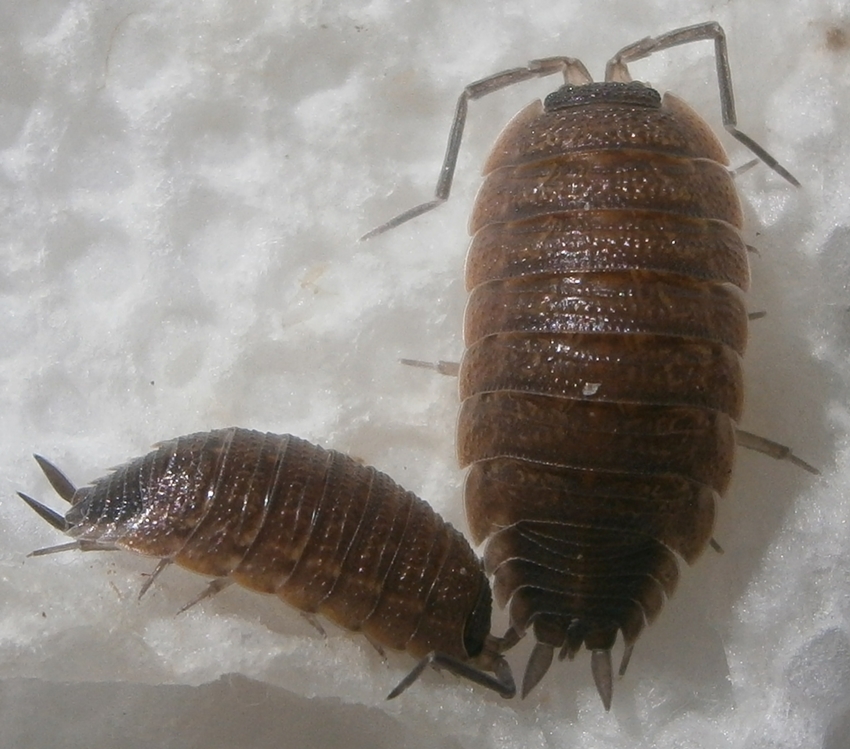
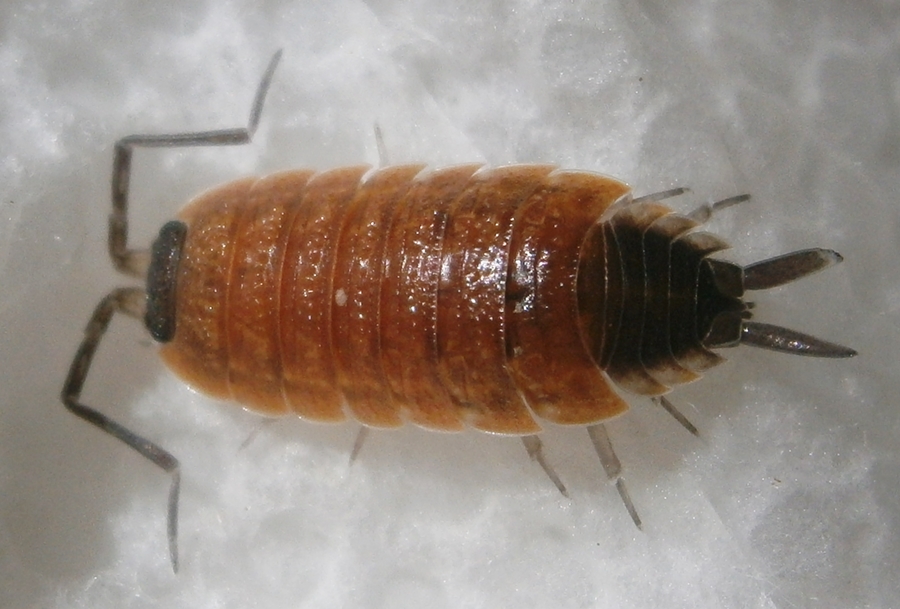
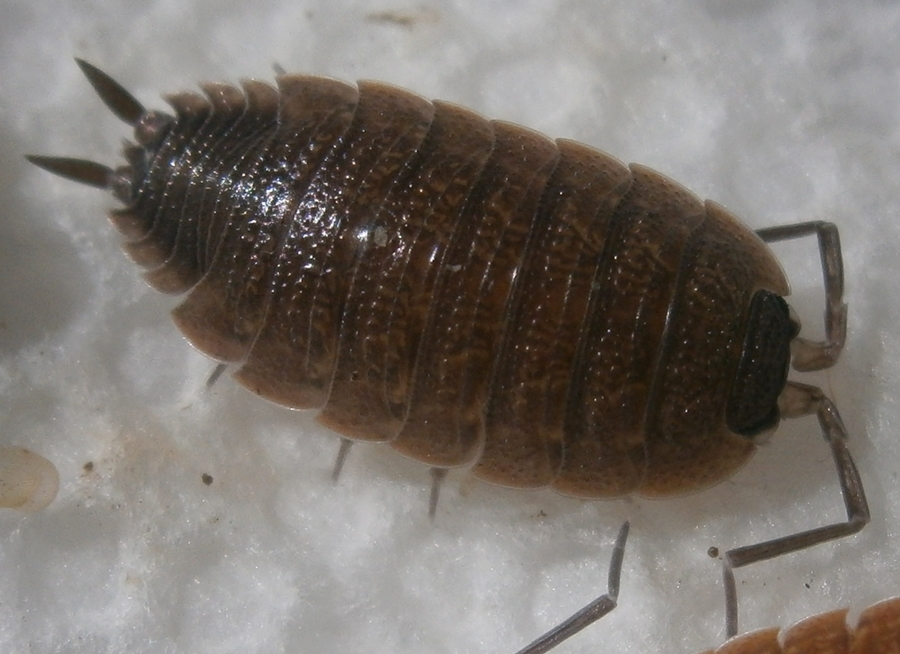
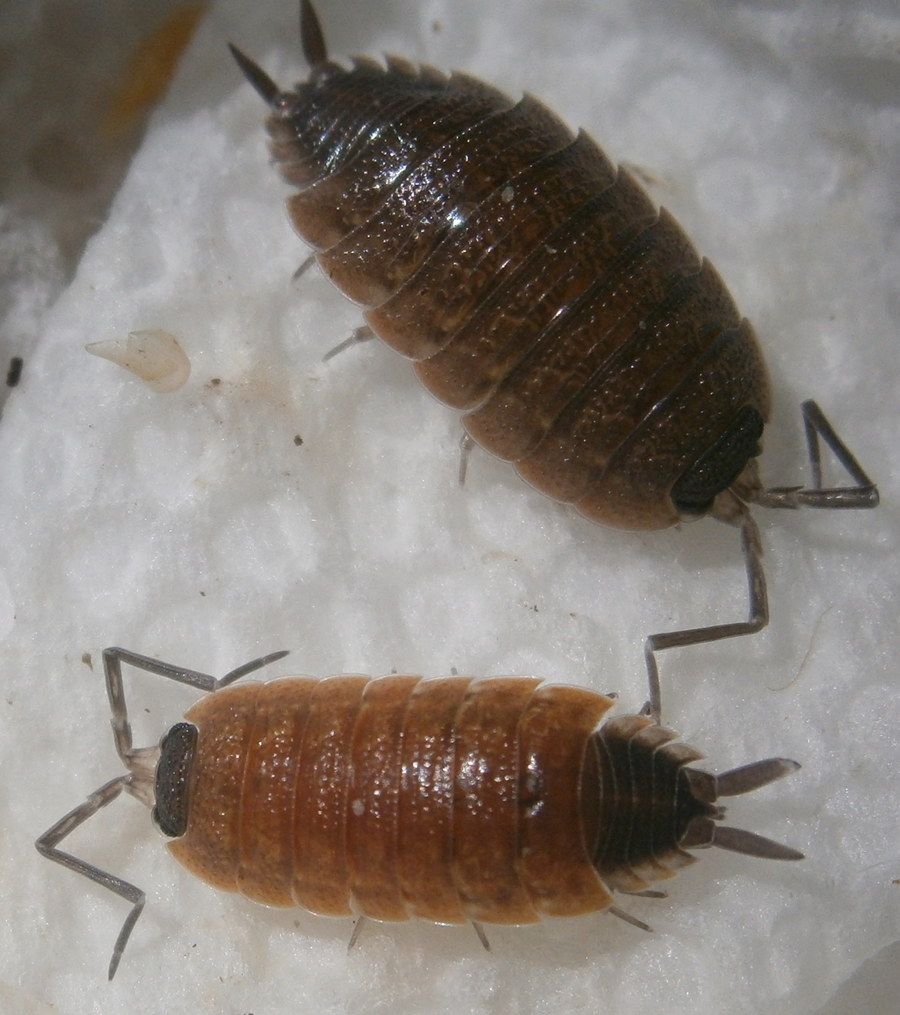
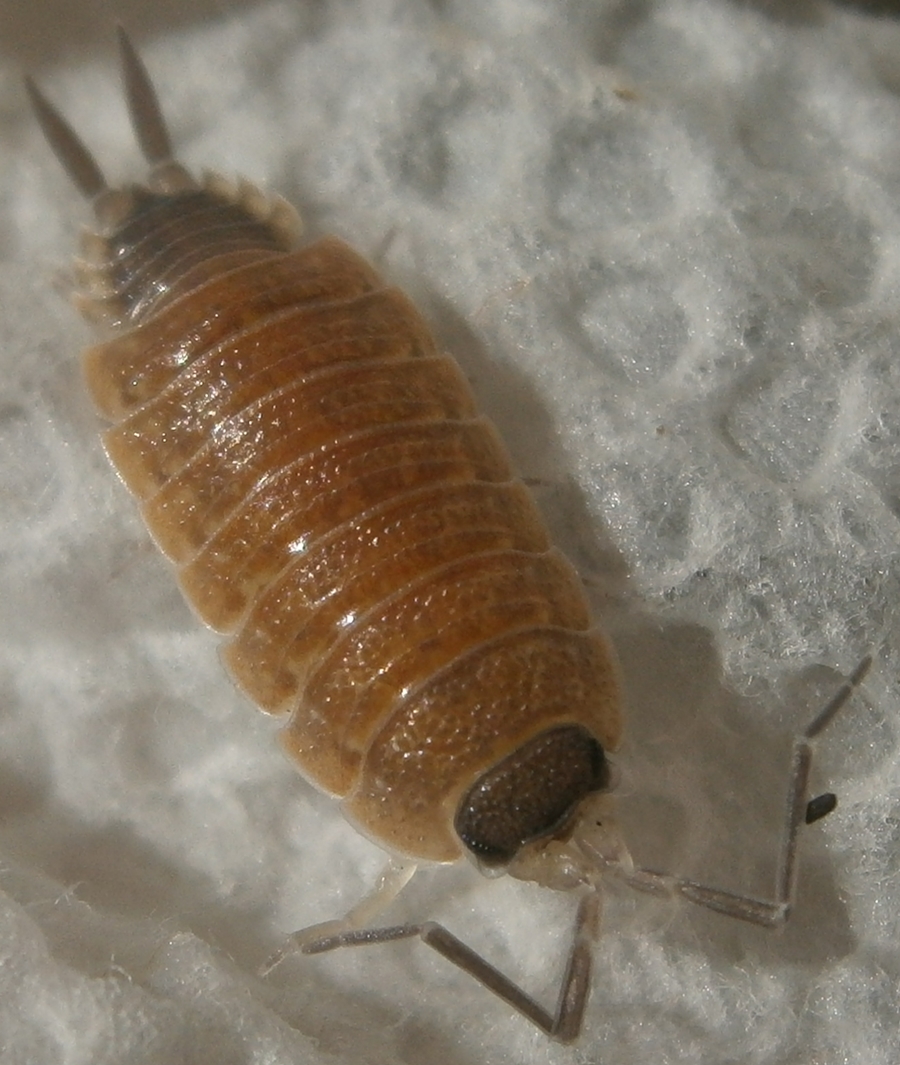
Guest viewing is limited
- You have a limited number of page views remaining
- 5 guest views remaining
- Register now to remove this limitation
- Already a member? Click here to login
You are using an out of date browser. It may not display this or other websites correctly.
You should upgrade or use an alternative browser.
You should upgrade or use an alternative browser.
Porcellio silvestrii
- Thread starter Hisserdude
- Start date
Thanks! Not that big, a little bigger than your average P.scaber, at least that's how big all of mine are, they may have some growing to do though, who knows?Good luck with them. How big are they compared to other isopods?
I thought the orange were the males? (At least on adults I've seen - compare the uropods)
Nope. I saw orange coloration occurring in both sexes when I went to Alan Grosse's houseI thought the orange were the males? (At least on adults I've seen - compare the uropods)
Last edited by a moderator:
Like @Cariblatta lutea said, pretty sure both sexes can exhibit the orange coloration, could be more common on males though...I thought the orange were the males? (At least on adults I've seen - compare the uropods)
Actually, my largest individual, after eating, has gotten a bit longer than the biggest P.scaber I've seen, and it still may have some growing to do...Good luck with them. How big are they compared to other isopods?
I've only seen maybe 30 adults and on those the males were always orange and the females gray. On the pictures in this thread the male is the orange one. I'm curious how often the colors don't match genders on Alan's stock.Nope. I saw orange coloration occurring in both sexes when I went to Alan Grosse's house
They are doing OK, one of my females died, leaving me with only three females and five males, however I found some mancae in the enclosure the other day, so I'm really happy about that!How are the Porcellio silvestrii doing for you? I am interested in acquiring a small group of these at some point in time.
Last edited by a moderator:
Last edited by a moderator:
Scratch that, looked at my enclosure today and found that two of my other females had died, along with a male, so I have ONE female left.  Very sad right now, have no idea what's going on, as my enclosure seems like it should be to their liking...
Very sad right now, have no idea what's going on, as my enclosure seems like it should be to their liking...
That's what someone on Facebook suggested, however if it were a calcium deficiency, that would mean that they turned on each other, however my dead females were perfectly intact, no signs of cannibalism or anything, looks like they just keeled over for no apparent reason.Could Calcium be an issue? I think I remember reading something on this species elsewhere, and that idea came up.
Hope this helps. Bill.
My experience following advice on the net on the new species has led to some losses and poor to no reproduction, but maybe my idea of dry and warm are entirely different. I finally am getting a bunch of very tiny ones.
I know Armadillidium sp. "Montenegro" like it warm, but I thought most of the other Spanish species liked it just at room temperature? Maybe that could be why you are experiencing losses? It seems like these newer species are difficult to keep successfully even in their "ideal" setups, very frustrating if you ask me. Congrats on the babies, hopefully the more people keep these species, the more common they will become, and maybe their husbandry needs can be perfected.My experience following advice on the net on the new species has led to some losses and poor to no reproduction, but maybe my idea of dry and warm are entirely different. I finally am getting a bunch of very tiny ones.
Last edited by a moderator:
I kept them at my normal cooler temps (low 70s) for a year with no losses but no immatures. On advice that they breed when it is warm I moved them to high 70s and after a month they nearly all died.I know Armadillidium sp. "Montenegro" like it warm,
